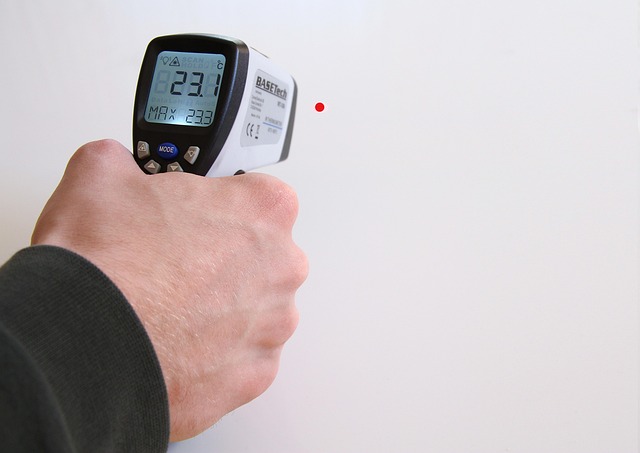When it comes to creating the perfect ambiance for your home cinema, one aspect that often gets overlooked is color temperature. Just as the right audio and video can transport you into an entirely different world, the harmonious balance of color temperature can significantly enhance your viewing experience. Whether you’re watching the latest blockbuster or enjoying a classic film, understanding color temperature is essential for optimizing your cinema room.
Color temperature refers to the hue of light emitted by a source, measured in Kelvin (K). It plays a pivotal role in how we perceive color and detail in both video and audio modalities. For your home cinema, the color temperature of the lighting can affect the mood and immersion of the film. Warm tones (around 2700K-3000K) create a cozy environment, perfect for family movie nights or romantic scenes. Conversely, cooler tones (above 4000K) can evoke a sense of clarity and energy, making action-packed films or vibrant animations pop with intensity.
When you’re planning your home cinema setup, consider the color temperature of your LED or incandescent lights. Installing dimmable lights allows you greater control over the atmosphere, enabling you to adjust the warmth or coolness based on the genre you are watching. Aim for a harmonious balance between your theatrical lighting and the video output of your screen. For instance, a projector or TV with cooler display settings works best when paired with warm lighting, creating a well-rounded visual experience.
Just as important as video is the audio experience in your cinema room. Color temperature also extends into soundscapes, where audio frequencies and sound environments can evoke emotional responses. Ensure that your audio system is calibrated to reflect the mood of the film — a horror movie benefits from low, rumbling bass sounds, while a romantic comedy might thrive with clear, soft melodies. The advanced technology in modern audio systems allows you to adjust the tonal quality of the sound, helping it resonate with your movie’s atmosphere.
Another tip in perfecting your audio-visual harmony is to invest in good quality sound isolation for your cinema room. The right acoustics will not only improve sound quality but will also mitigate any disruptive noise from the outside, making it easier to immerse yourself in vivid storytelling without distraction. In tandem with careful attention to color temperature in your lighting design, the right acoustics can enhance the overall emotional impact of your films.
Lastly, effective color temperature management requires thoughtful planning for screen placement as well. The arrangement of your screen in is pivotal; the colors displayed must not clash with the lighting scheme you’ve set up. Ideally, your screen should be at the center of your color temperature strategy, allowing it to reflect the light that envelops it while maintaining vividness and sharpness. Experiment with various setups to see how changing the position of your screen impacts the overall experience.
Incorporating the concept of color temperature into your home cinema opens a world of possibility for an immersive viewing experience, allowing both the auditory and visual elements to synchronize perfectly. Take the time to experiment, adjust, and ultimately find what combination works best for your unique cinema room. With careful attention to these details, you’ll transform movie nights into unforgettable adventures.


